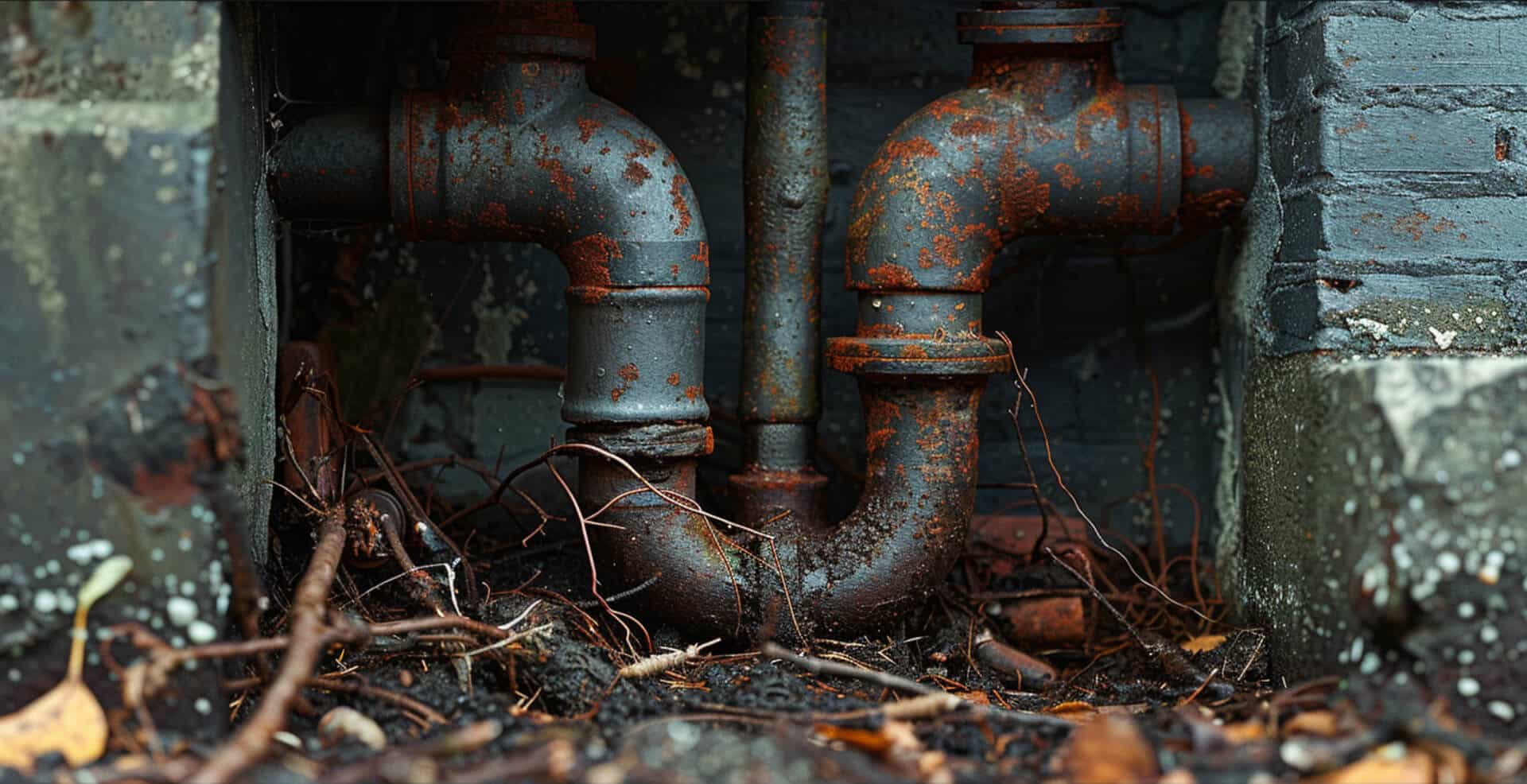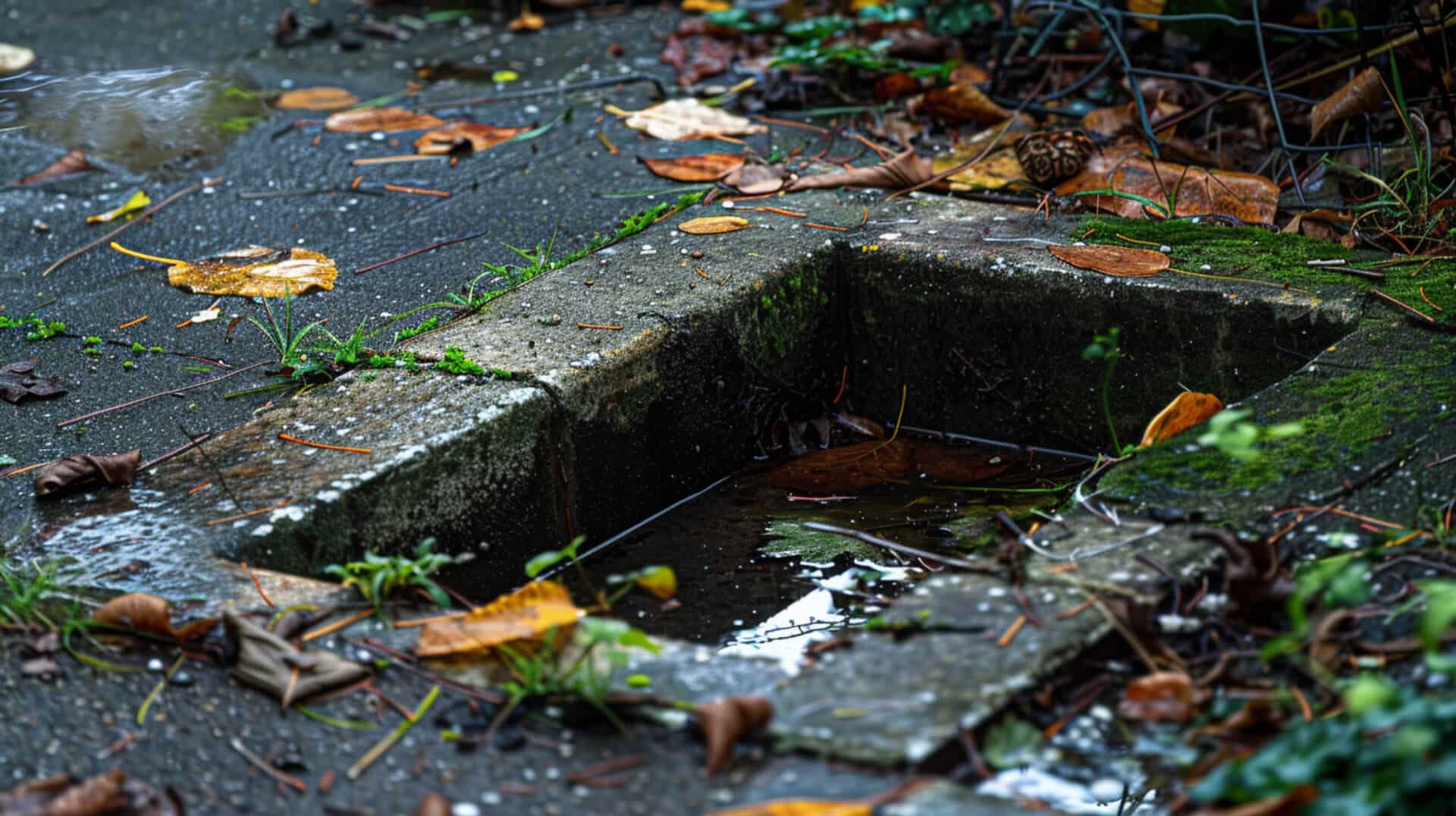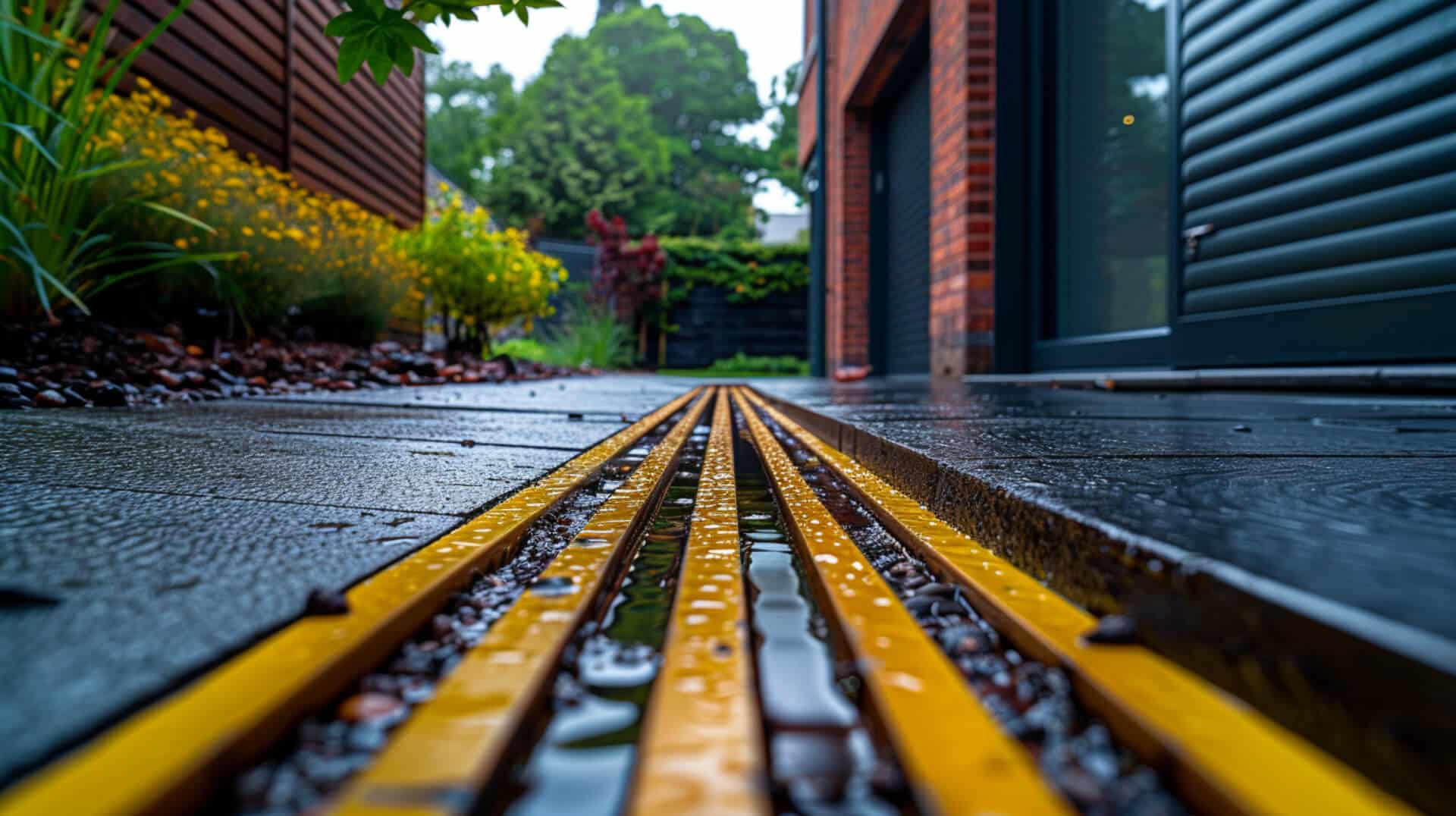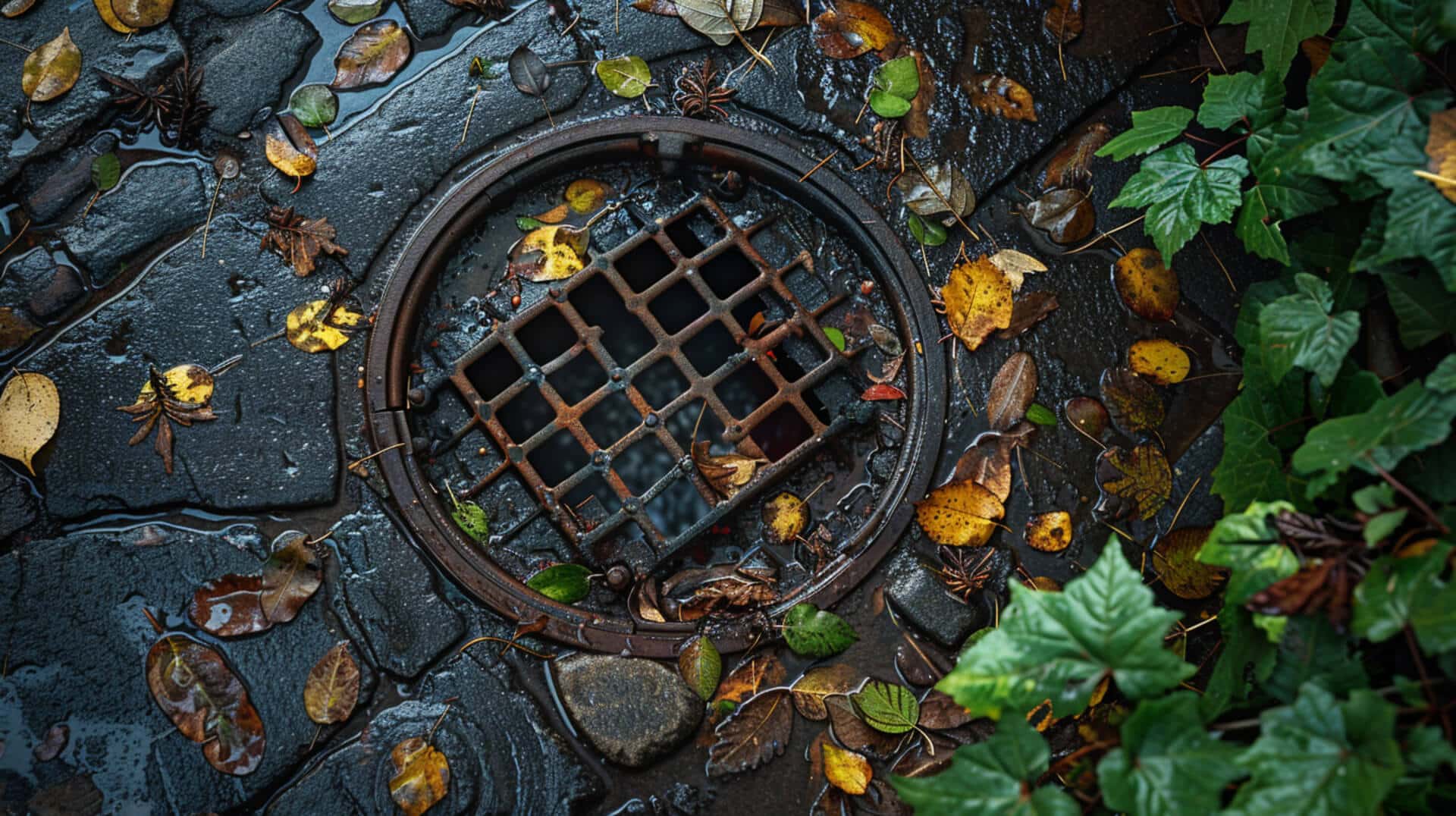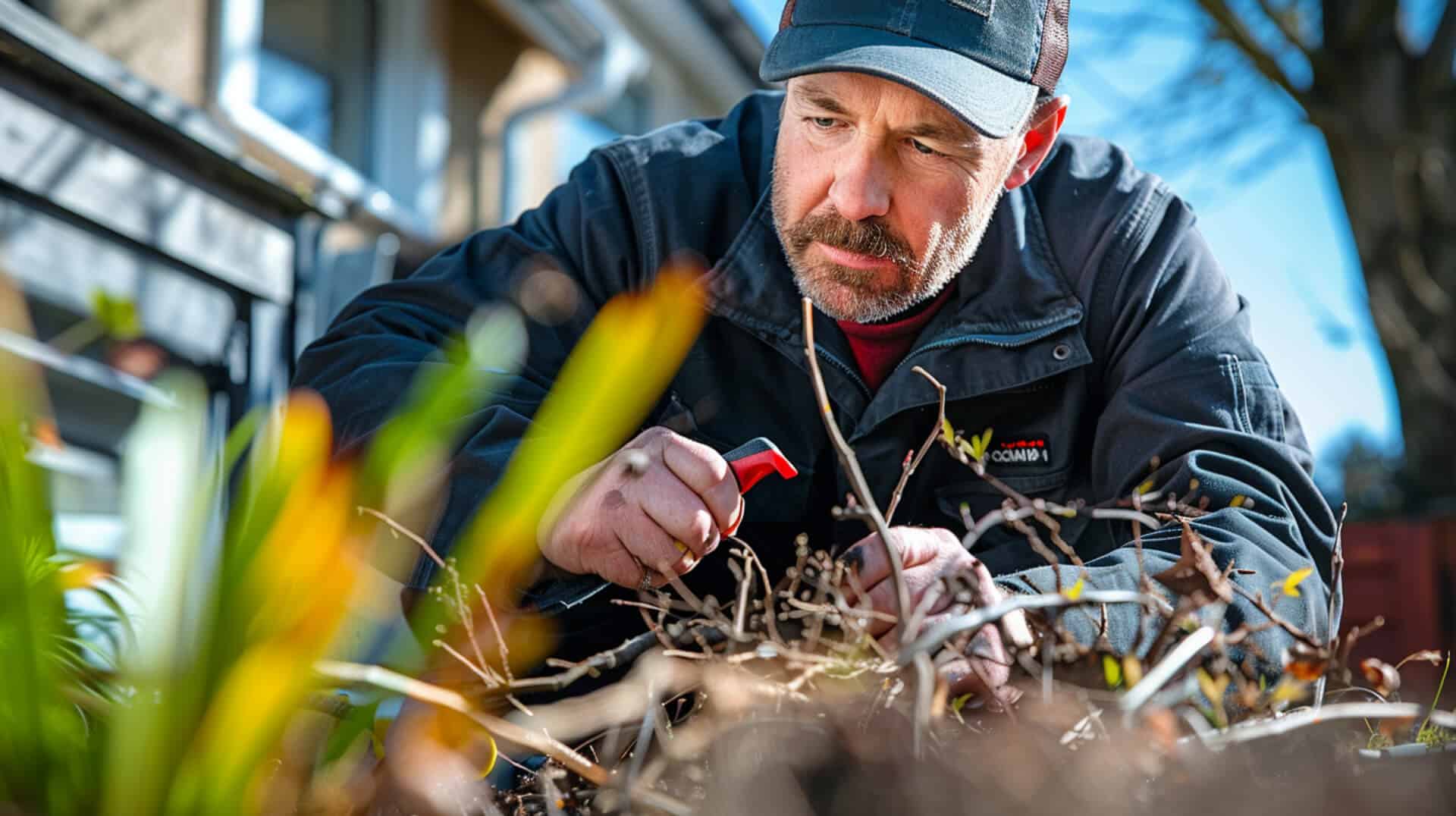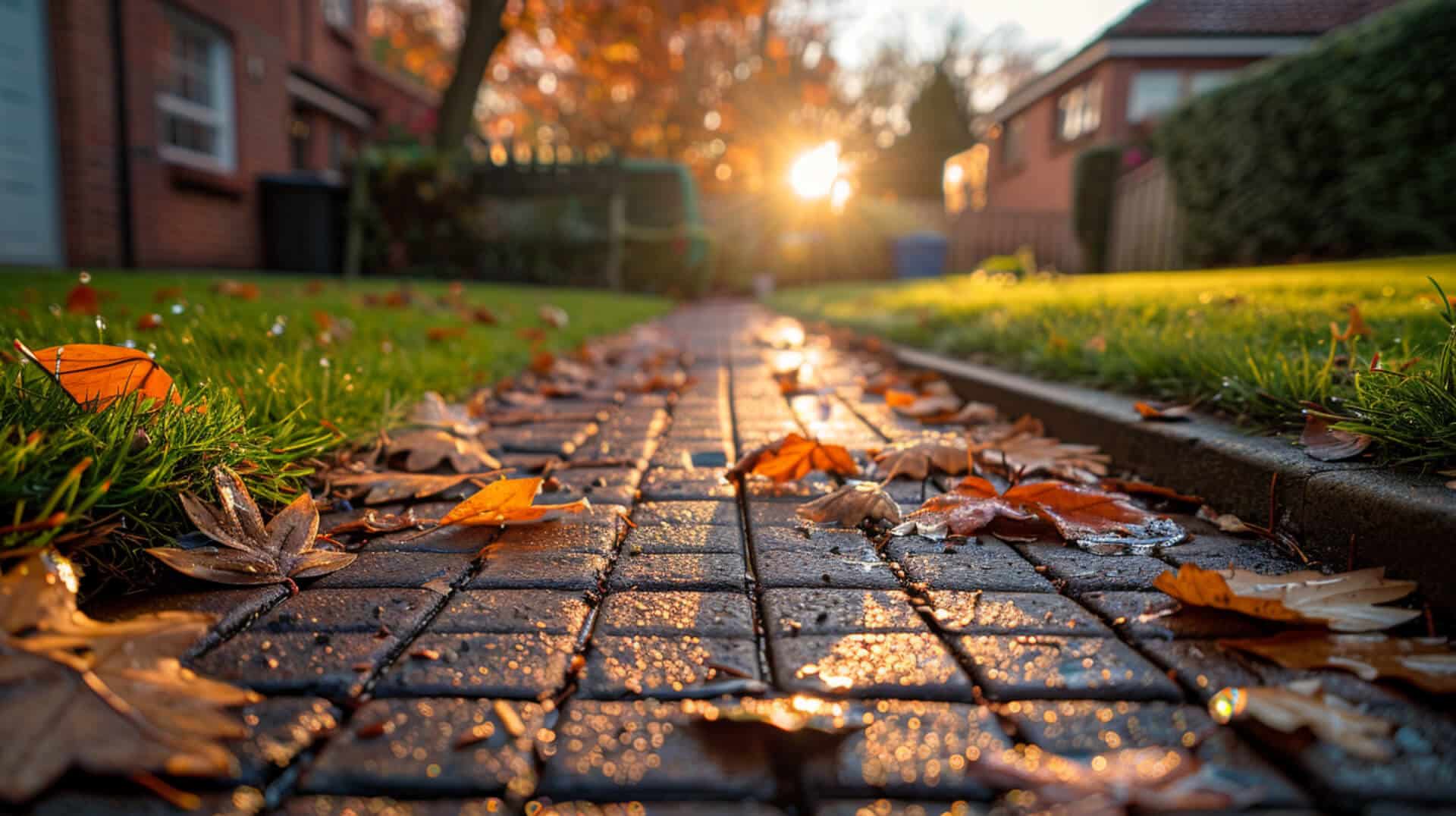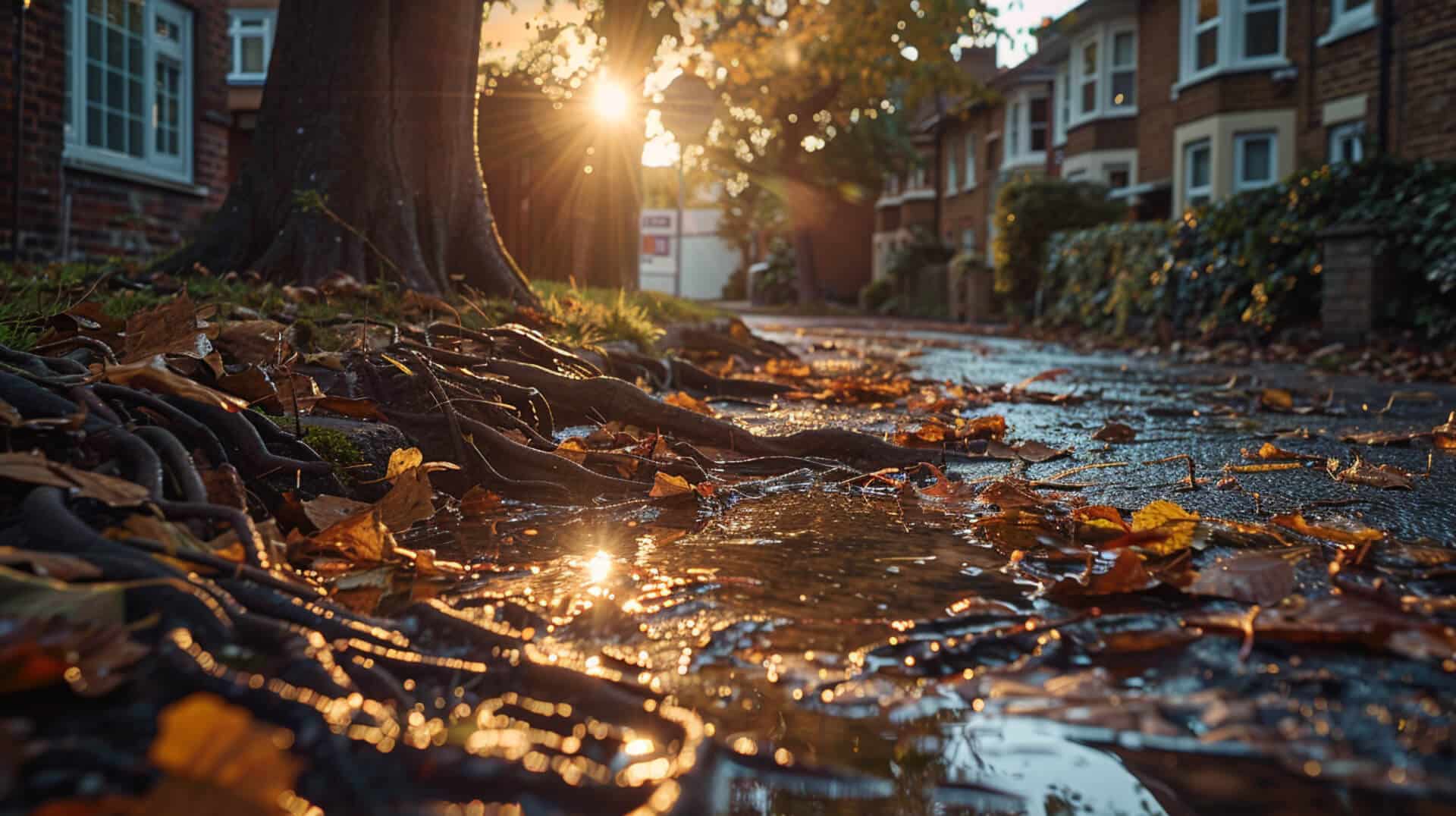 How Often Should A Drain Root Intrusion Survey Be Performed
How Often Should A Drain Root Intrusion Survey Be Performed

What Constitutes a Drain Root Intrusion Survey?
A Drain Root Intrusion Survey is a specialised assessment designed to detect the presence of tree roots within a property’s drainage system. Utilising advanced technologies such as CCTV cameras, this non-invasive procedure allows for a detailed inspection of the underground infrastructure without the need for excavation.
Critical Importance for Property Health
These surveys are essential for maintaining the health of your property’s drainage ecosystem. They help in identifying potential blockages and structural damages caused by root growth, which, if left unchecked, can lead to significant issues affecting public safety and requiring costly repairs.
Initial Consideration for Survey Scheduling
Property owners should consider scheduling a Drain Root Intrusion Survey as part of regular maintenance, especially if the property is older or located near large trees known for aggressive root systems. Additionally, signs such as slow drainage or unusual plumbing noises can indicate the need for an immediate survey.
Impact of Tree Roots on Drainage Systems
Tree roots naturally seek moisture and can infiltrate drainage pipes, leading to blockages and damage. Over time, this can compromise the entire drainage system’s integrity, making early detection through surveys a critical preventive measure.
By understanding the fundamentals of Drain Root Intrusion Surveys, you can take proactive steps to safeguard your property’s drainage system, ensuring its longevity and functionality.
The Importance of Regular Maintenance for Drainage Systems
Regular maintenance of drainage systems is essential to prevent root intrusion and ensure the longevity of the infrastructure. By adhering to a schedule of inspections and upkeep, property owners can safeguard against the costly consequences of drainage system failures.
Preventive Practices to Thwart Root Intrusion
To mitigate the risk of root intrusion, it is advisable to conduct periodic inspections and clear any blockages promptly. Employing root barriers and choosing non-invasive plant species for landscaping can also significantly reduce the likelihood of roots compromising the drainage system.
Impact of Maintenance on System Longevity
Consistent maintenance not only prevents immediate issues but also contributes to the overall longevity of drainage pipes. Regular inspections and cleaning can help identify potential problems before they escalate, thereby extending the life of the system and avoiding expensive repairs.
Risks of Neglecting Drainage Maintenance
Ignoring the maintenance needs of drainage systems can lead to severe root intrusion, resulting in blockages, leaks, and even structural damage. These issues can be costly to rectify and may pose health and safety risks.
Resources for Maintenance Planning
Property owners can access a variety of resources for maintenance planning, including guidelines from local authorities and advice from professional drainage services. These resources provide valuable information on best practices and can assist in developing a comprehensive maintenance strategy.
Factors Influencing the Frequency of Drain Root Intrusion Surveys
Understanding the variables that affect the frequency of Drain Root Intrusion Surveys is crucial for maintaining the health of your property’s drainage system. Several environmental and property-specific factors play a role in determining how often these surveys should be conducted.
Environmental Factors Necessitating Frequent Surveys
Environmental conditions such as local rainfall patterns can accelerate tree root growth towards drainage systems, increasing the risk of root intrusion. Areas with high precipitation may require more frequent surveys to monitor and manage this risk.
The Role of Property Age in Survey Frequency
The age of a property can significantly influence the condition of its drainage system. Older properties with ageing infrastructure may need more regular surveys to detect and address potential vulnerabilities before they lead to more serious issues.
Proximity to Vegetation and Drainage Health
Vegetation with invasive root systems poses a threat to nearby drainage pipes. Properties with large trees or dense shrubbery close to drainage lines should consider more frequent surveys to prevent root-related damage.
Survey Intervals for Different Property Types
Different types of properties, such as residential homes versus commercial facilities, may have varying requirements for survey frequency. Commercial properties with higher usage demands might necessitate more regular checks to ensure uninterrupted operation and avoid disruptions caused by drainage failures.
Recommended Frequency for Residential and Commercial Properties
When considering the health of your property’s drainage system, understanding the recommended frequency for Drain Root Intrusion Surveys is essential. These surveys are a critical component in preventing costly damage and ensuring the longevity of your drainage infrastructure.
Survey Frequency for Residential Properties
For residential properties, it is generally recommended to conduct Drain Root Intrusion Surveys every 5 to 10 years. However, this interval may vary based on specific environmental factors and the presence of large trees known for aggressive root systems.
Commercial Property Requirements
Commercial properties often experience higher usage and may have larger or more complex drainage systems. As a result, facility managers might need to schedule Drain Root Intrusion Surveys more frequently, typically every 3 to 5 years, to preemptively address the increased risk of root intrusion.
Increased Frequency for High-Risk Facilities
Facilities with extensive landscaping or those located in areas with significant tree growth may require even more frequent surveys. Proactive management in these scenarios can prevent the severe disruptions that root intrusions can cause.
Emergency Surveys
Property owners should remain vigilant for signs of drainage issues, such as slow drainage or unusual noises. In such cases, an off-schedule emergency survey may be necessary to quickly address any potential root intrusion and mitigate damage to the drainage system.
Signs That Indicate an Immediate Need for a Survey
Recognising the early warning signs of root intrusion is pivotal for maintaining the health of your property’s drainage system. Timely identification and response to these signs can prevent extensive damage and costly repairs.
Identifying Early Warning Signs
Property owners should be vigilant for symptoms such as slow drainage, unusual noises from the plumbing system, persistent bad odours, gurgling sounds from toilets, and sewage backups. These indicators often suggest that a root intrusion may be compromising the drainage system.
The Cruciality of Timely Responses
Addressing these warning signs promptly is essential. Delayed action can lead to more severe complications, including extensive damage to the drainage infrastructure and potential health hazards due to sewage exposure.
Common Manifestation Areas
Root intrusion issues typically manifest in the areas closest to large trees or dense shrubbery. The most affected parts of the property are often those with older pipes or sections of the drainage system that have not been regularly inspected or maintained.
Non-Invasive Methods for Conducting Drain Root Intrusion Surveys
Employing non-invasive technologies for Drain Root Intrusion Surveys is a preferred approach due to its efficiency and minimal disruption to property. These methods, such as CCTV drain surveys, offer a clear view of the internal state of drainage systems without the need for excavation.
Technologies Employed in Non-Invasive Surveys
CCTV drain surveys utilise specialised cameras to inspect the condition of underground drainage pipes. This equipment includes:
- High-resolution cameras for detailed imagery
- Flexible access rods and crawlers for navigating pipes
- Sonar units for assessing pipe integrity
The Process of CCTV Drain Surveys
During a CCTV drain survey, technicians insert cameras into the drainage system to transmit real-time video footage. This allows for:
- Visual identification of blockages and root intrusions
- Assessment of pipe conditions, including cracks and misalignments
- Accurate diagnostics without digging up the property
Advantages of Non-Invasive Survey Methods
Opting for non-invasive survey methods over traditional excavation offers several benefits:
- Reduced risk of damaging the property
- Quicker and more cost-effective than digging
- Less intrusive, allowing daily activities to continue uninterrupted
Scenarios Requiring Invasive Inspection Methods
In some cases, invasive methods may be necessary, particularly when:
- Detailed physical inspection is required
- Repairs or replacements are needed following a non-invasive survey
- The drainage system’s layout is too complex for non-invasive tools
Preventive Measures Against Root Intrusion
Implementing strategic landscaping practices is key to preventing root intrusion into drainage systems. By choosing appropriate vegetation and employing physical barriers, property owners can significantly reduce the risk of costly damage to their infrastructure.
Landscaping Practices to Deter Root Growth
Selecting the right type of vegetation is crucial. Opt for non-invasive tree species and ensure they are planted at a safe distance from drainage lines. This helps to minimise the potential for roots to seek out moisture within the drainage system.
Effectiveness of Root Barriers
Root barriers are a practical solution for redirecting tree root growth away from drainage pipes. When installed correctly, they provide a robust defence against root intrusion, helping to maintain the integrity of the drainage system.
Importance of Vegetation Choice
The choice of vegetation near drainage lines should not be taken lightly. Invasive species with aggressive root systems can cause significant damage. It is advisable to consult with a landscaping expert to select plants that are less likely to interfere with underground infrastructure.
Safe Planting Zones to Protect Drains
To safeguard your drainage system, it is recommended to avoid planting trees and shrubs directly above or near the drainage lines. Adhering to guidelines on safe planting zones can prevent root-related drainage issues and ensure the longevity of your system.
Selecting Professional Services for Drain Root Intrusion Surveys
When you’re faced with the need for a Drain Root Intrusion Survey, selecting the right professional service is paramount. The qualifications and experience of the service provider will directly impact the quality and reliability of the survey results.
Qualifications to Consider in a Service Provider
When choosing a professional for a Drain Root Intrusion Survey, it is essential to consider their qualifications. Look for providers who have:
- Relevant certifications, such as NADC accreditation
- A proven track record with similar properties
- Positive customer reviews and testimonials
- Appropriate insurance and licencing for the work they perform
The Impact of Certifications on Service Quality
Certifications like NADC accreditation serve as a testament to a service provider’s commitment to industry standards and quality. Providers with such credentials are more likely to deliver thorough and reliable survey results, adhering to the best practices in the field.
Importance of Experience
Experience with properties similar to yours ensures that the service provider is familiar with the potential challenges and nuances of your specific situation. This experience can be invaluable in accurately diagnosing and resolving root intrusion issues.
Finding Reputable Service Providers
Reputable service providers can often be found through recommendations from peers, online directories, and professional associations. Ensure that you conduct due diligence by reviewing their credentials, customer feedback, and past work to make an informed decision.
Understanding the Costs and Insurance Coverage for Surveys
When planning for a Drain Root Intrusion Survey, understanding the associated costs and potential insurance coverage is essential for effective budgeting.
Factors Influencing Survey Costs
The cost of a Drain Root Intrusion Survey can be influenced by several factors:
- Property Size: Larger properties may have more extensive drainage systems, increasing the survey’s scope and cost.
- Survey Type: Costs vary depending on whether you require a verbal report, written documentation, or video footage.
- Technology Used: Advanced equipment like high-tech CCTV cameras may affect the price.
- Emergency Services: Surveys conducted on an emergency basis can incur additional call-out fees.
Budgeting for Drain Surveys
To budget effectively for a Drain Root Intrusion Survey, property owners should:
- Obtain multiple quotes to compare prices.
- Consider the long-term savings that regular maintenance provides against the cost of emergency repairs.
- Explore maintenance plans that some providers offer, which can spread out the costs over time.
Insurance Coverage for Root Damage
Some insurance policies may cover damage caused by root intrusion. Property owners should:
- Review their insurance policy details.
- Understand what types of damage are covered.
- Consider the benefits of detailed survey reports for supporting insurance claims.
Value of Different Report Types
Choosing the right type of report is crucial:
- Written and video reports provide a visual and documented record that can be useful for insurance claims and future reference.
- Verbal reports may be suitable for immediate issues but lack the detail required for long-term planning.
Regulatory Context and Compliance in Drainage Maintenance
Navigating the regulatory landscape is a critical aspect of drainage maintenance and conducting Drain Root Intrusion Surveys. Property owners must be aware of the regulations that govern these activities to ensure compliance and avoid potential legal issues.
Building Regulations Affecting Drainage Surveys
Building regulations, such as the UK’s Approved Document H, set out the requirements for drainage and waste disposal. These regulations cover:
- The design, installation, and maintenance of drainage systems.
- The necessity for surveys in certain circumstances, such as property renovations or extensions.
Importance of Adhering to Local Regulations
Compliance with local regulations is not only a legal obligation but also a measure to ensure public safety and environmental protection. Non-compliance can result in:
- Penalties or fines.
- Complications in insurance claims or property transactions.
Sources for Regulatory Information
Property owners can access the latest regulatory information through various channels:
- Local government websites or offices.
- Professional bodies such as the National Association of Drainage Contractors (NADC).
- Legal advisors specialising in property and construction law.
Staying informed about the current regulations helps property owners maintain their drainage systems within legal requirements and plan for any necessary Drain Root Intrusion Surveys.
Practical Examples of Drain Root Intrusion and Resolution
Drain root intrusion is a common issue that property owners may encounter, where tree roots infiltrate and obstruct drainage systems. Understanding how these situations are resolved can help in preventing future occurrences.
Common Scenarios of Root Intrusion
Property owners typically face root intrusion in scenarios such as:
- Older Homes: Ageing pipes are more susceptible to cracks through which roots can enter.
- Properties Near Large Trees: Trees with extensive root systems can exert pressure on pipes, leading to intrusions.
Professional Resolution of Drain Issues
Professionals often employ methods such as:
- CCTV Drain Surveys: To assess the extent of intrusion and plan the appropriate intervention.
- Mechanical Removal: Using drain snakes or hydro jetting to clear roots.
- Chemical Treatments: Applying herbicidal foams to prevent regrowth.
Necessity of Professional Intervention
Professional intervention is crucial due to:
- The complexity of accurately diagnosing and resolving root intrusion.
- The potential for further damage if not addressed correctly.
Effective Prevention Strategies
To prevent recurrence, professionals recommend:
- Regular Maintenance: Including scheduled Drain Root Intrusion Surveys.
- Strategic Landscaping: Planting trees away from drainage lines and using root barriers.
- Immediate Action: Addressing signs of intrusion promptly to minimise damage.
Prioritising Drain Health and Root Intrusion Prevention
A proactive approach to maintaining drain health is not just beneficial but essential for property longevity and safety. Regular Drain Root Intrusion Surveys play a pivotal role in this preventative strategy.
Integrating Survey Findings into Maintenance Plans
After conducting a Drain Root Intrusion Survey, it’s important for property owners to integrate the findings into their maintenance plans. This might include scheduling regular inspections, cleanings, or even infrastructure upgrades based on the survey’s outcomes.
Long-Term Benefits of Regular Surveys
Regular surveys offer numerous long-term benefits:
- Preventing Costly Repairs: By identifying issues early, property owners can avoid the high costs associated with major repairs.
- Extending Infrastructure Lifespan: Consistent monitoring and maintenance can significantly extend the life of drainage systems.
- Ensuring Safety: Regular surveys help prevent health hazards associated with drainage failures, such as sewage backups.
Seeking Assistance for Ongoing Drain Health Management
For ongoing drain health management, property owners can seek assistance from:
- Professional Drainage Services: These services offer expertise in both conducting surveys and providing follow-up maintenance.
- Local Authorities: They can provide information on regulations and recommendations for drainage maintenance.
- Industry Bodies: Organisations like the National Association of Drainage Contractors offer resources and guidance for best practices in drain health management.
